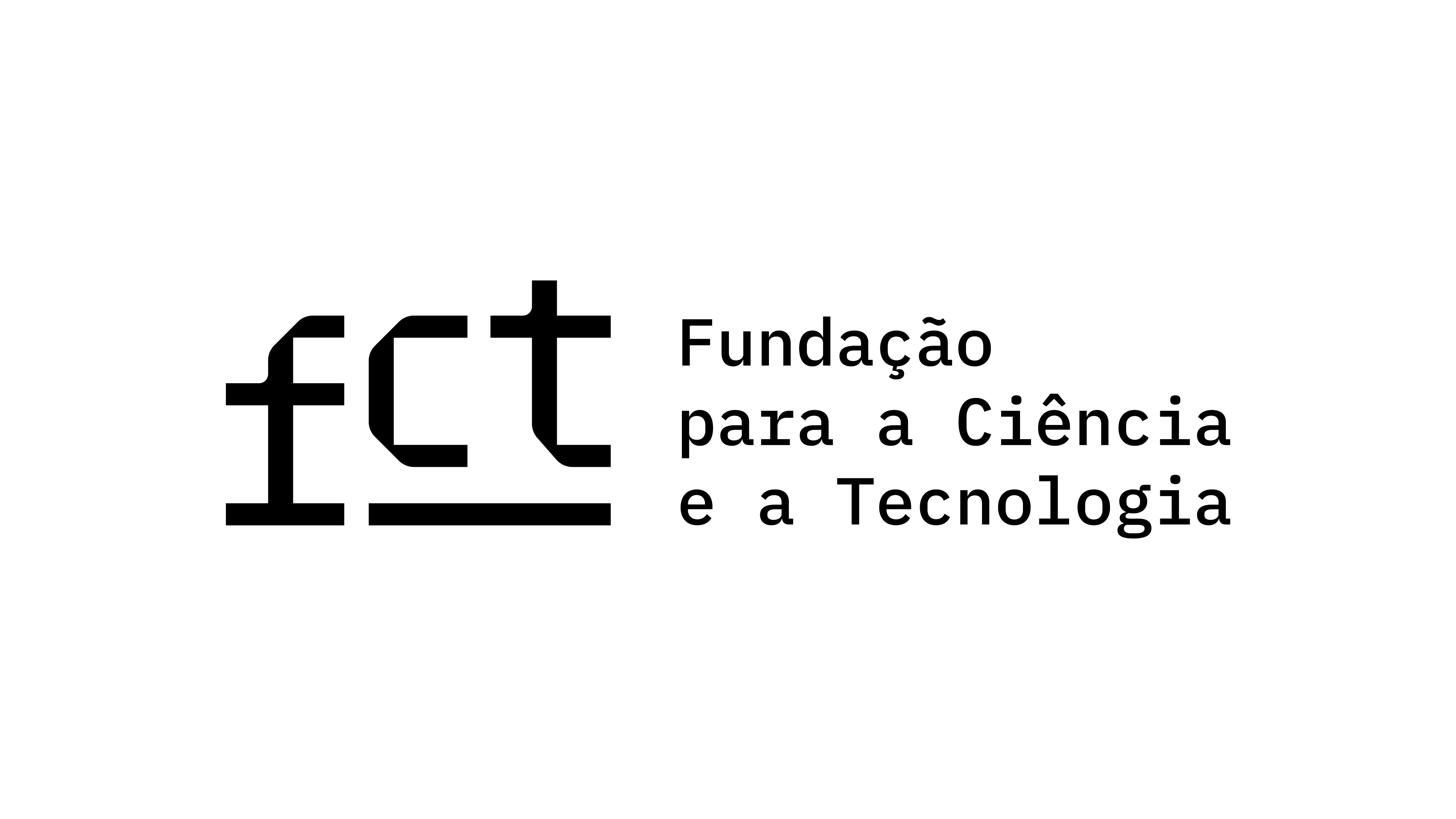Posthumanist Panic Cinema? The Films of Andrew Niccol
Keywords:
posthumanist panic cinema, Andrew Niccol, genre, surveillance, virtual reality, drone, BaudrillardAbstract
This article discusses the posthuman imagery in Niccol’s films with reference to Baudrillard’s reading of the posthuman condition. It begins with a discussion and uncoupling of the notions of posthumanism and the posthuman. Focus turns to the films of Niccol. It is proposed that each of the films under consideration stages a posthuman problem, which is subsequently met with a humanist remedy. The films foreground posthuman issues such as media surveillance and simulation (The Truman Show, 1998), cloning and genetic engineering (Gattaca, 1997), virtual reality and digital media (S1m0ne, 2002), biometrics and neoliberalism (In Time, 2011), and mediated war and unmanned aerial vehicles (Good Kill, 2014). Variants of the humanist solution to these issues include an authentic real, an outside of media ecology (The Truman Show); a human spirit that is not reducible to materiality (Gattaca); an authentic identity, and actual rather than virtual reality (S1m0ne); an innate sense of justice and outside to the flow of neoliberal finance (In Time); and face-to-face rather than screen-to-screen relationality, and a real war in comparison to a virtual war (Good Kill). Baudrillard’s work can be seen to complicate these humanist solutions by suggesting that the apparent space they point to is always already compromised and colonised by the posthuman condition. Niccol’s films can be seen to fit into the proposed genre of ‘posthumanist panic cinema.’ However, the conclusion suggests that the construction of this genre needs reconsideration in terms of the identification and function of such a genre.





